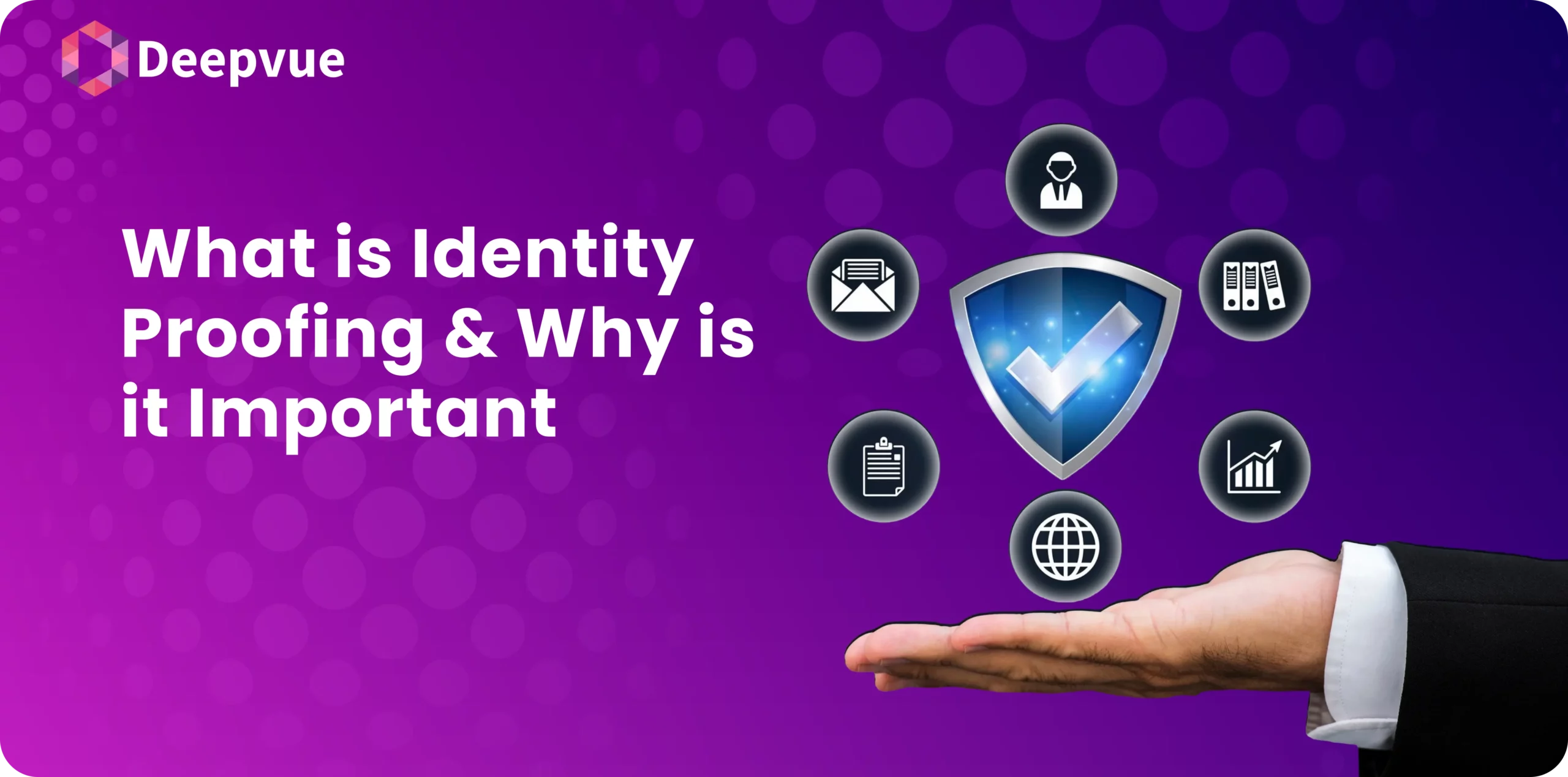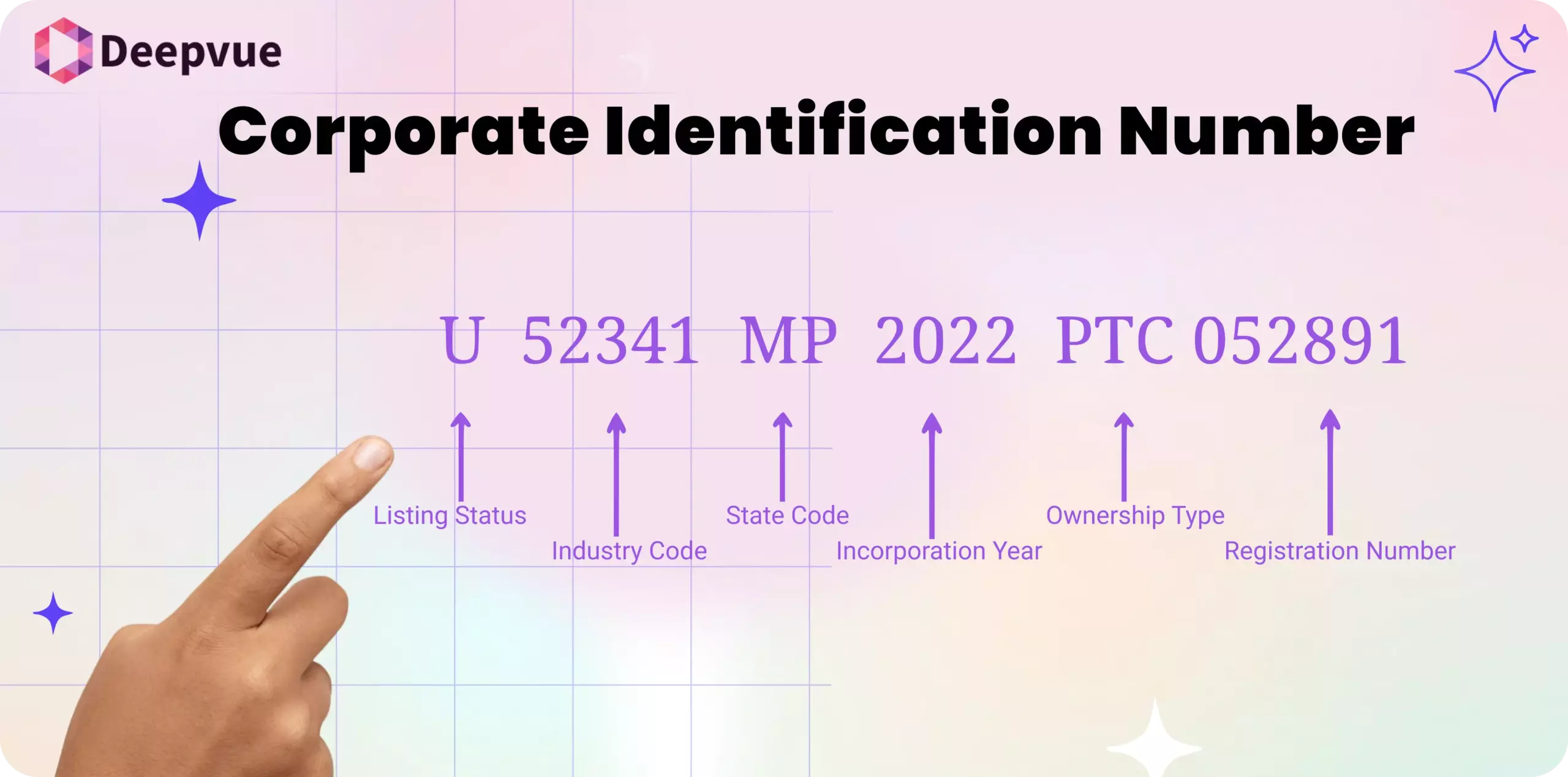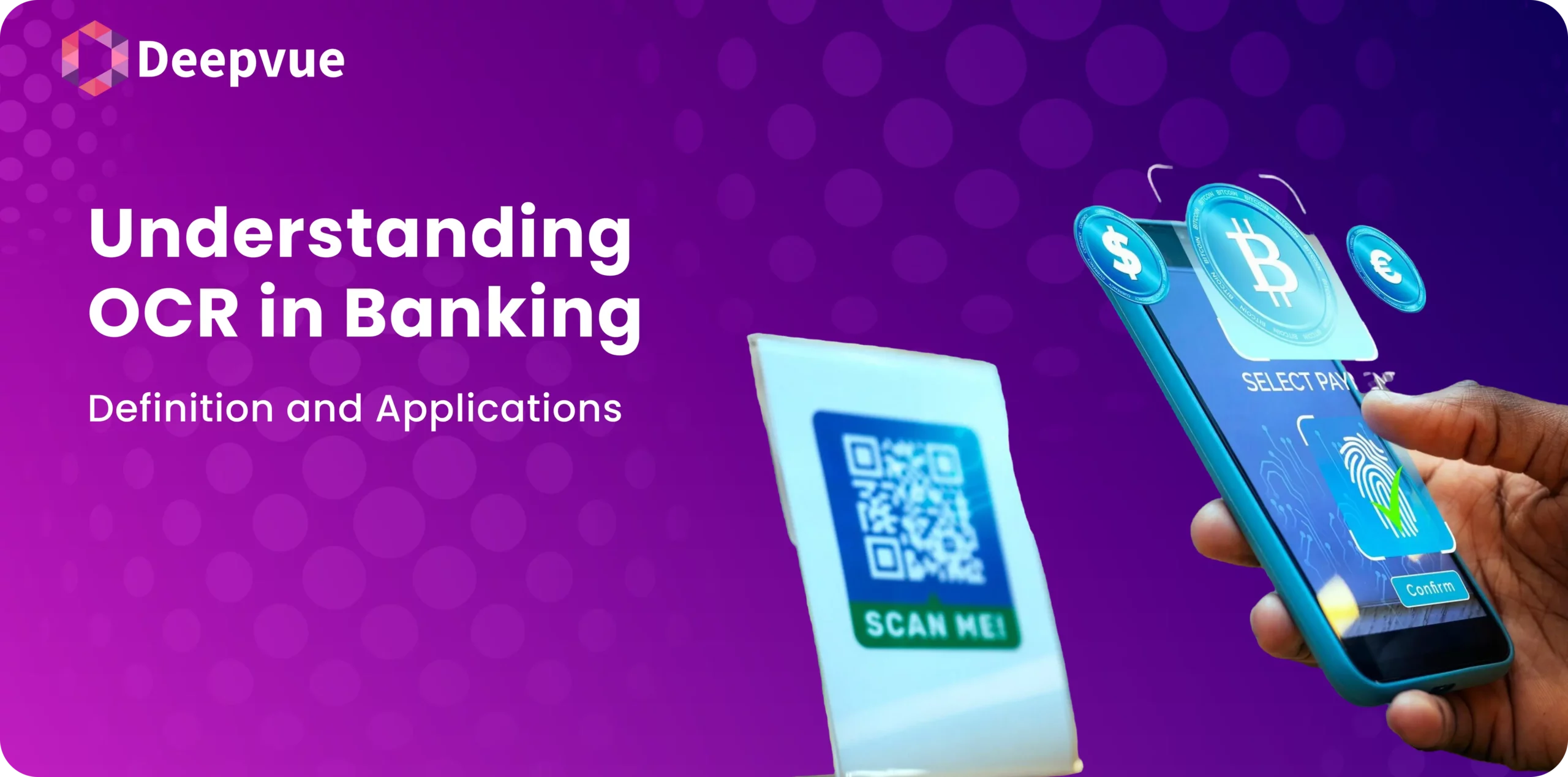What is Re-KYC?
Re-KYC, or Re-Know Your Customer, is a process that involves periodic updates of the information and documentation provided by customers to banks and financial institutions. It is an essential procedure for both individual and non-individual customers to ensure compliance with regulatory guidelines, such as those set by the Reserve Bank of India (RBI).
According to a case study done by Deloitte, this is a new era for the KYC process for the following reasons –
Remote Work Impact:
The pandemic has shifted work to a remote setting, significantly influencing the workflow of the KYC process stages, traditionally reliant on physical encounters and access to internal databases.
Challenges in Remote KYC:
Remote work limitations led to difficulties in completing certain KYC stages, creating gaps in the process flow due to restricted access to core databases and the absence of physical customer interactions.
Digitalization Imperative:
To ensure seamless KYC procedures, financial institutions must prioritize developing a fully digitalized workflow. This involves connecting different KYC stages, teams, and internal/external stakeholders while ensuring comprehensive functionality in a remote environment.
Cloud Services Utilization:
Leveraging cloud services becomes crucial for cost-effective and secure data management. Cloud solutions enable financial institutions to overcome remote work challenges, ensuring data security, adherence to standards, and the implementation of encryption methods.
Confidential Data Protection:
In the remote work landscape, the protection of confidential data is paramount. Cloud solutions not only facilitate secure data backup but also guarantee the implementation of security standards, authentication processes, and encryption methods.
Let us now understand the importance of Re-KYC.
Why is Re-KYC Important?
Re-KYC is important for banks and financial institutions to ensure that customer information is accurate and up-to-date.
Completing the Re-KYC process on time is crucial for several reasons.
First and foremost, it helps prevent fraudulent activities and ensures compliance with regulatory guidelines set by the Reserve Bank of India (RBI). By requiring customers to provide valid documents and undergo identity verification procedures, banks can verify their authenticity and mitigate risks associated with money laundering and terrorist financing.
Not completing the Re-KYC process on time can have serious consequences for customers. In some cases, banks may impose limitations on account functionality or even freeze the account until the process is completed.
This can be a major inconvenience for individuals who rely on their accounts for daily transactions, online banking, or financial management.
Moreover, non-compliance with Re-KYC requirements can also result in penalties for banks and financial institutions. The RBI has established guidelines that require banks to periodically update customer information, and failing to comply can lead to strict regulatory actions.In conclusion, Re-KYC is essential for maintaining the integrity of the banking system and ensuring customer due diligence. By updating customer details periodically, banks can mitigate risks, prevent fraudulent activities, and comply with regulatory requirements. It is crucial for customers to understand the importance of completing the Re-KYC process on time to avoid limitations or freezing of their accounts.
RBI Guidelines for Re-KYC
The Reserve Bank of India (RBI) has set guidelines for the Re-KYC (Know Your Customer) process to ensure the accuracy and authenticity of customer information in the banking sector.
These guidelines aim to enhance customer due diligence and combat financial crimes such as money laundering and identity theft. With the increasing use of internet banking and online transactions, it has become essential for banks and financial institutions to update customer information and conduct robust customer identification procedures periodically.
The introduction of the Aadhaar card in 2009 has significantly improved the efficiency of identification processes, providing a unique identification number for Indian citizens. Failure to comply with the RBI’s Re-KYC guidelines can result in penalties for banks and financial institutions.
- Frequency: Re-KYC process should be conducted periodically, and the frequency may vary based on the risk profile of the customer.
- Customer Due Diligence (CDD): Financial institutions must update customer identification data and conduct CDD as part of the Re-KYC process.
- Risk-Based Approach: The frequency and intensity of the Re-KYC process should be based on the risk assessment of the customer. Higher-risk customers may require more frequent and thorough Re-KYC.
- Document Verification: Verify customer identity through reliable and independent documents. Ensure that documents collected during the initial KYC are up-to-date.
- Contact Information: Confirm and update customer contact details, including address, phone number, and email address.
- Politically Exposed Persons (PEPs): Identify and conduct enhanced due diligence for customers who are PEPs, as they pose higher risks.
- Transaction Monitoring: Regularly monitor transactions to detect any unusual or suspicious activity and investigate further if necessary.
- Record Keeping: Maintain updated records of customer information and the Re-KYC process. This documentation is crucial for audits and regulatory compliance.
- Compliance Officer: Designate a compliance officer responsible for overseeing and ensuring adherence to Re-KYC guidelines.
- Training: Provide training to staff involved in the Re-KYC process to enhance their understanding of guidelines and detection of red flags.
- Communication: Communicate with customers to obtain necessary information and documentation for the Re-KYC process. Timely communication can help in smoother compliance.
Regulatory Requirements for Re-KYC
To adhere to the directives of the Reserve Bank of India (RBI), banks and financial institutions must carry out regular updates of customer information via the Re-KYC procedure. This ensures the continual maintenance of customer due diligence, playing a crucial role in minimising the risks linked to money laundering, fraud, and identity theft.
Here is a brief overview for each of these categories when it comes to re-kyc:
The RBI categorises customers into three categories based on the level of risk they pose – high-risk, medium-risk, and low-risk. Each category has specific requirements for the Re-KYC process.
- For high-risk customers, the Re-KYC process may involve additional scrutiny and verification. These customers may include non-individual customers, foreign nationals, or those with complex financial transactions. For customers coming under this category Proof of identity, address verification letters, and activity proofs may be required.
- Medium-risk customers may include individual customers with moderate financial status or those associated with regulatory bodies or professional bodies. They may also need to submit proof of identity, valid documents for address verification, and additional proofs as required by the bank’s internal policy.
- Low-risk customers; are individuals with a stable financial status, and they may have fewer verification requirements. These may include self-attested photographs, proof of identity, and proof of possession of the address indicated.
Acceptable documents for Re-KYC include Aadhaar cards, identity cards, job cards, and valid documents for address verification. The list of documents may vary based on the category of the customer and the bank’s standard operating procedure.
By adhering to the RBI guidelines and conducting periodic Re-KYC, banks ensure customer convenience while maintaining the integrity of the banking system and complying with regulatory norms.
Documents Required for Re- KYC Processes
The Re-KYC process, as mandated by the Reserve Bank of India (RBI), requires customers to provide specific documents to update their information with banks and financial institutions. These documents are necessary as –
- Proof of identity is a crucial document needed for the Re-KYC process. Customers can provide any of the following documents:
- Passport,
- Voter’s identity card,
- Driving license,
- Aadhaar letter/card,
- NREGA job card.
Among these, Aadhaar cards are widely accepted as a form of identification in India and are commonly used for various financial transactions, including digital lending apps.
- The Re-KYC process aims to enhance customer convenience while maintaining compliance with regulatory guidelines. By submitting the required documents for proof of identity, individuals can ensure that their personal and financial details are up to date, allowing them to avail the benefits of online banking and other financial services hassle-free.
When is Re-KYC Required?
- Periodic Updates: Financial institutions and service providers mandate Re-KYC at regular intervals (e.g., every 2-3 years) to update customer information and comply with regulatory norms.
- Change in Customer Information: When a customer changes key details like address, phone number, or occupation, Re-KYC is needed to verify the updated information.
- Account Dormancy or Inactivity: If an account remains inactive or dormant for a long period, Re-KYC may be requested before reactivating or continuing services.
- Regulatory Requirements: Regulatory bodies may enforce Re-KYC drives for certain categories of customers or accounts to reduce fraud and ensure compliance.
- Suspicious Activity or Red Flags: If suspicious transactions or irregularities are detected, institutions may initiate Re-KYC to reassess the customer’s profile.
- Upgrading Account or Services: When customers apply for new products or higher-value services, Re-KYC might be necessary to validate their eligibility.
Factors to consider when Identifying High & Low Risk Customers
When conducting the Re-KYC process, it is crucial for banks and financial institutions to identify and assess the risk level associated with their customers. Here are some factors to consider when identifying high-risk and low-risk customers:
1. Compliance with regulatory guidelines: Regulatory bodies, such as the Reserve Bank of India (RBI), provide guidelines on identifying high-risk customers. It is essential to ensure that the customer identification process is aligned with these guidelines.
2. Financial status: Customers with complex financial structures, high-value transactions, or significant financial activities may be considered high-risk. On the other hand, customers with stable financial status and low transaction volumes are typically lower-risk.
3. Occupation and industry: Certain professions or industries, such as lawyers, accountants, or non-profit organisations, may pose a higher risk due to potential money laundering or terrorist financing activities. Conversely, customers in low-risk occupations like government employees or salaried individuals may have a lower risk profile.
4. Foreign nationals: Non-residents or foreign individuals, especially those from high-risk jurisdictions, may require additional scrutiny to prevent potential money laundering risks.
5. Internal risk assessment: Financial institutions may have their own risk assessment procedures to determine the risk profile of customers. This may involve evaluating factors such as customer behaviour, transaction patterns, and any negative news or adverse reports associated with the customer.
To complete the Re-KYC process effectively, banks and financial institutions should request and verify specific identification documents, such as proof of identity and proof of address, from customers.
It is important to note that the specific requirements and guidelines for customer identification may vary based on regulatory bodies, internal policies, and the nature of the financial institution. By carefully assessing these factors and adhering to regulatory guidelines, banks and financial institutions can effectively manage the risk associated with their customer base.
What is the Process for Re-KYC?
1. Information Check:
Deepvue Tech begins by thoroughly examining your personal details and transaction history. This step ensures that all the information on record is accurate and up-to-date.
2. Facial Recognition:
Utilising advanced facial recognition technology, Deepvue Tech verifies your identity by comparing your selfie with the stored profile image. This adds an extra layer of security to confirm your presence.
3. Data Encryption:
Deepvue employs robust encryption methods to safeguard your data. This ensures that your information remains confidential and secure, protecting it from unauthorised access.
In essence, Deepvue Re-KYC process is a comprehensive and secure approach to refreshing and validating your digital identity, incorporating advanced technologies to enhance accuracy and protect against potential risks.
How Re-KYC Works for NRI Bank Accounts
- Re-KYC (Re-Know Your Customer) is a mandatory process for NRI accounts to keep customer records updated as per regulatory guidelines.
- Banks notify customers about Re-KYC requirements through email, SMS, or internet banking.
- Customers must download and fill out the Re-KYC form from the bank’s website or request it from the branch.
- Self-attested copies of the passport, valid visa or residence permit, overseas address proof, Indian address proof (if applicable), and a passport-size photograph must be submitted.
- Some banks require documents to be attested by a Notary, Indian Embassy, or an authorized overseas bank official.
- The completed Re-KYC form and documents must be submitted via email, internet banking upload, or postal/courier service to the bank’s NRI branch.
- The bank verifies the submitted documents and updates the records, which may take a few working days.
- Upon successful verification, the bank confirms Re-KYC completion, ensuring smooth account operations.
Challenges and Considerations for NRI Account Holders
- Geographical Constraints
NRIs often reside outside India, making it difficult to visit banks or financial institutions in person for re-KYC. - Document Submission Issues
Sending physical documents internationally can be time-consuming and risky, with the risk of loss or delay. - Technology and Connectivity Barriers
Some NRIs may face issues accessing digital platforms or completing video KYC due to poor internet connectivity or a lack of familiarity with technology. - Compliance with RBI Guidelines
Banks must strictly follow RBI norms for NRI accounts, which can add layers of complexity to the re-KYC process. - Risk of Account Dormancy
Delayed or incomplete re-KYC can lead to account freezing or dormancy, affecting the account holder’s access to funds.
Conclusion
In conclusion, the Re-KYC process stands as a critical pillar in the foundation of financial integrity and security. By aligning with regulatory guidelines, banks and financial institutions demonstrate a commitment to upholding the highest standards of due diligence. The cyclical nature of the Re-KYC process ensures that customer information remains accurate and current, providing a dynamic defense against emerging threats like money laundering, fraud, and identity theft.
Moreover, the process is not merely a compliance exercise but a strategic initiative to fortify the financial ecosystem. The meticulous verification of customer identity, coupled with risk-based approaches, empowers institutions to tailor their scrutiny to the specific risk profiles of individual customers. This not only enhances the efficiency of the overall risk management framework but also fosters a culture of vigilance and responsiveness.
As financial institutions navigate an ever-evolving landscape of technological advancements and sophisticated financial crimes, the Re-KYC process serves as a resilient shield. It enables institutions to adapt to emerging risks, protect customer assets, and contribute to the overarching goal of a secure and trustworthy financial environment. In essence, the Re-KYC process is not just a regulatory mandate; it is a dynamic safeguard, ensuring the resilience and sustainability of the financial sector in the face of evolving threats.
To make the process easier and less time-consuming, businesses should consider utilising the Deepvue KYC Solution Suite. This comprehensive solution offers real-time re-KYC that can be seamlessly integrated into existing workflows within hours rather than days.
For more information on this innovative and efficient solution, please contact Deepvue today.
FAQ
What documents are required for the Re-KYC process?
Generally, customers are required to provide identity proof, address proof, and recent passport-sized photographs for the Re-KYC process
What are the benefits of a seamless Re-KYC process?
A seamless Re-KYC process can enhance customer experience, improve efficiency, and ensure accurate and up-to-date customer information.
How can digital solutions like Deepvue Re-KYC platform help businesses?
Digital solutions like Deepvue Re-KYC platform can streamline the KYC process, verify customer information, and reduce paperwork, ultimately improving operational efficiency.
What role does the Reserve Bank of India play in the Re-KYC process?
The Reserve Bank of India provides guidelines for banks to conduct the Re-KYC process regularly based on a risk approach, ensuring compliance with regulatory requirements.
What are the consequences of non-compliance with the Re-KYC process?
Non-compliance with the Re-KYC process can lead to account suspension, financial penalties, and legal repercussions for both customers and financial institutions.








